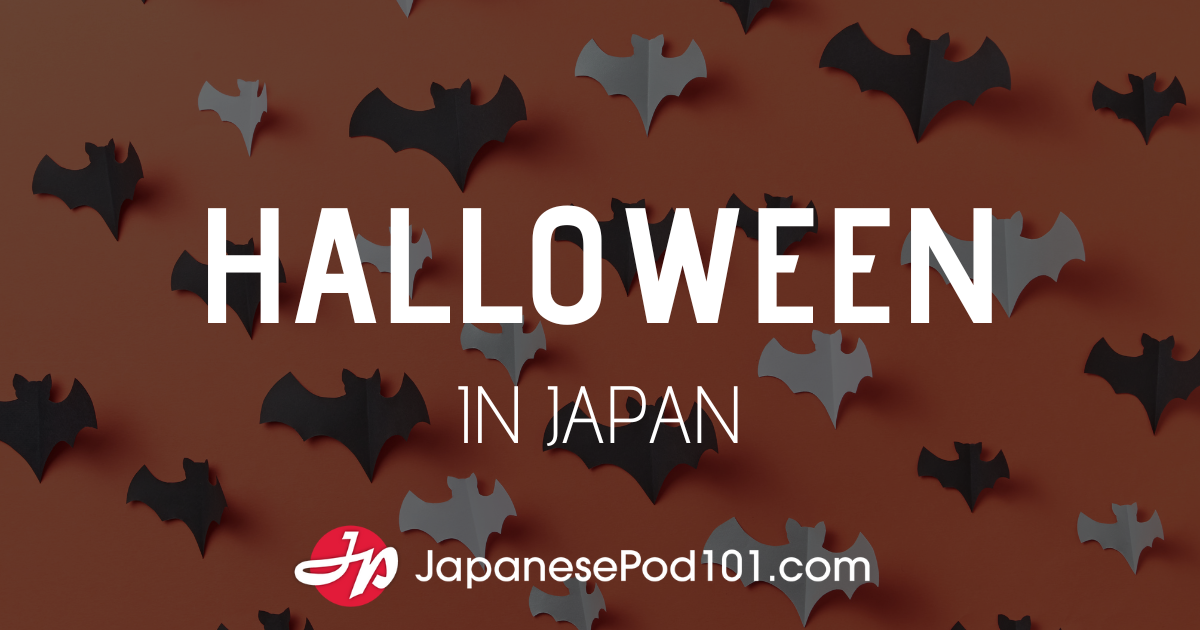「看護」と「介護」。発音が似ていますが、どのように違うのでしょうか。
まず、「看護」を考えてみましょう。「看」の文字は、「目」の上に「手」が添えられています。これは、手をかざしてじっと見ることを意味しているのです。つまり、ただ漠然と目に映るものを見ているのではなく、「見る対象を注意深く見る、見守る」という見方を表わしています。
次に「介」はどうでしょうか。「人」という字の下に「八」を書いています。この「八」は両脇に分かれることを意味し、両側に分かれて左右から中のものを守ったり取り持ったりする様子を表わしています。普段は使われませんが、「介」の文字には「はさむ」「たすける」という訓読み(日本独自の読み方)があるのです。だから、「介護」とは相手の脇からその人を支えたり助けたりすることなのですね。
最後に、両方の熟語に共通する「護」という漢字をみてみましょう。「言」(ごんべん)がついていますので、ことばに関係がある文字です。右側の「
蒦」には「手で外から包むように持つ」という意味があります。ゆえに、「護」の文字は「ことばをかけながら外側から取り巻いてかばうこと」を伝えているのです。
「看護」と「介護」、両者は意味が若干異なりますが、相手を大切に扱うという意味を有する点では共通していますね。
=========
The pronunciation of 看護 (kango) or “to nurse” and 介護 (kaigo) or “to care” are similar, but what are the differences in meaning?
First, let’s take a look at 看護. The 看 character has 手 or “hand” above the 目 or “eye”. This has the meaning of hooding your hand over your eyes and looking fixedly. Therefore, instead of blankly gazing at something, it represents “looking at something with much caution, to watch over”.
Next, let’s look at 介. 八 or “eight” is written under人 or “person”. This 八 represents dividing up onto both sides and watching over and serving the thing in the middle from both the left and right side. It’s not commonly used, but the character 介 has the kunyomi (type of Japanese reading of character) of “holding” and “helping”. That’s why nursing is about supporting and helping the other person using their arms.
Lastly, let’s look at the common kanji 護 that is seen in both compounds. It has a 言 gonben, which means that it has something to do with words . The 蒦 on the right side has the meaning of “to hold as if engulfing with your hands around”. So, the character護 conveys “talking to the person while protecting them from the outside.”
“To nurse” and “to care” have slightly different meanings, but they have the common point of treating people carefully.









